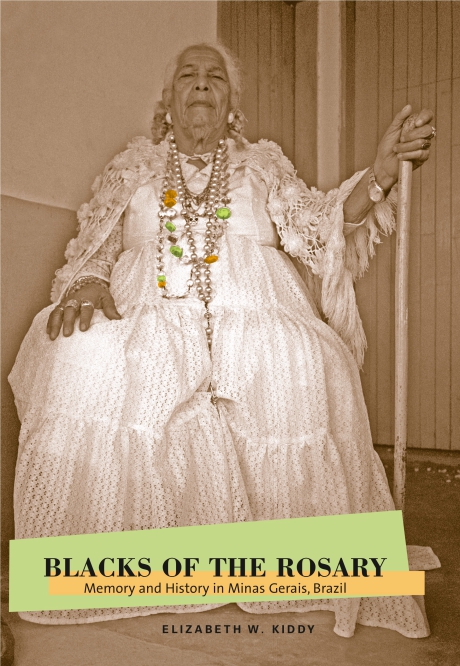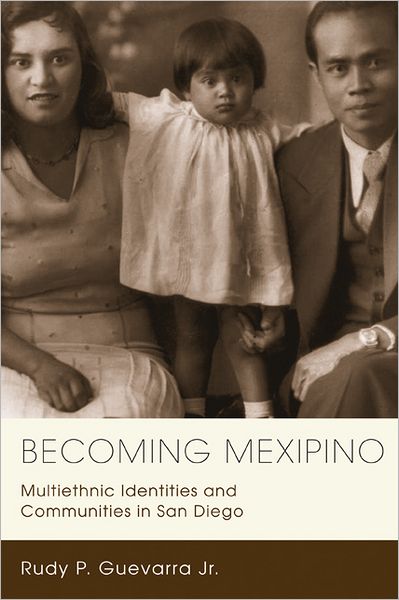When analyzing the Carnival through the paradigmatic lens of the public versus private distinction often associated with gender studies, it becomes clear that gender had less to do with a person’s social parameters than did class and race. While it is often asserted by modern scholars that nineteenth-century women were passive spectators during public events, this paper argues the opposite in the case of the New Orleans Carnival. Not only did women participate in the many activities transpiring over the long Carnival season, they were essential to their success. Until 1857, the year that officially transformed the Carnival into what it is today, a woman was never forbidden to attend a parade, fete, or casual gathering because of her sex; it was only because of her class or race. The same was true for men. Legally sanctioned privatization of Carnival groups and events did not occur until after the Civil War, and even then, the restrictions did not affect the masses, but rather the elites of society whose men privately wanted to control the social currents of the city by controlling the influential Carnival.
CHAPTER 1: THE OPENING
All the mischief of the city is alive and wide awake in active operation . . . Men, boys, women, and girls, bond and free, white and black, yellow and brown, exert themselves to invent and appear in grotesque, quizzical, diabolical, horrible, strange masks and disguises. —Major James Creecy, 1835
Throughout the history of New Orleans, women always have openly participated in the customs associated with the Carnival season. Due to the unique colonial history of the city which was ruled under French and Spanish crowns for over one hundred years before the Louisiana Purchase, the involvement of its citizens in cultural and socio-political matters naturally differed greatly from the rest of the nation. The women of New Orleans have always played direct and integral roles in maintaining the true essence of the celebratory Carnival festivities. The popular and historic public ritual, still much alive in New Orleans today, would not be possible without women’s direct contributions.
The one hundred years of history that this paper is based on provides a compelling argument that the public versus private distinction often utilized in academic gender studies applies more to race and class, rather than gender, in the analysis of New Orleans Carnival rituals. In other words, participatory options available to women during the long Carnival season had much more to do with their race and socio-cultural status than their gender. A man could find himself as easily included in or ostracized from any particular event as a woman. Gender counted for much less than class and race when accounting for an individual’s, or often a group’s, social calendar…
…CHAPTER 3: RACE AND THE CARNIVAL IN NEW ORLEANS
From the founding of New Orleans until after the Civil War, in the minds of the Creoles, the free people of color were potential social agitators and a threat to the slaveholder mentality and power, yet the Creoles could not help but interact with them in intimate ways. There had always been free blacks in New Orleans due to the favorable French and Spanish laws concerning the rights of slaves. According to the African American Resource Center, part of the New Orleans Public Library, during the Spanish period, “slaves could buy their freedom, be loaned money to purchase their freedom, have their freedom purchased by a relative or friend or be given their freedom,” regardless of their master’s disapproval, allowing the free black population to grow in size and importance, often holding positions as skilled laborers, merchants, land owners, and even slave owners themselves. Free people of color existed as a class of their own; too free and often too socially significant to be grouped together with the slaves, but unable to vote or find a niche in white society. Their strong presence, combined with their monetary and business success, made their middling existence a threat to the southern slave ideology that clung to the concept that all blacks should be subjugated to whites. Miscegenation was a common occurrence in New Orleans, as evidenced by the large number of mulattos born each year, adding to the already numerically significant class of people more free than slaves, yet less free than whites, with internal social stratifications all their own. The census records for Louisiana in the nineteenth century do not distinguish between whites and free people of color in the category of births. However, in 1850, free people of color in Orleans Parish made up ten percent of the overall population. There were approximately twice as many free women of color than men, and twice as many white men as women.
Karen Leathem posits that, in the 1850s, “gender became the overarching rubric for unofficial masking regulations.” More likely, all previous masking regulations, whether official or not, had existed for the same white, fear-based reasons. Ease of association among all races of residents, combined with an unequal ratio of men to women, ironically made room for and implicitly encouraged the generally frowned-upon practice of interracial sexual intercourse. Late historian Kimberly Hanger wrote in her 1991 PhD dissertation concerning free people of color in Spanish New Orleans that “with few exceptions . . . persons of all colors and classes worked and played together by choice and necessity.” She continued by stating, “New Orleans refused to function in accord with any strict social stratifications based on race, class, or legal status.” Alecia Long relates several historical cases of “sex across the color line,” using them as aids to explain how the city went from having a dubious reputation for decadence and racial diversity before the Civil War to exploiting that decadence by creating a tourist market around the sex trade that encouraged indulgence in prostitution, including miscegenation, for government profit after the war. In 1898, the notorious Storyville district was born, composed of several city blocks set aside by local officials for the sole purpose of enticing tourists to luxuriate in a sanctioned erotic environment of sex and, later, local jazz music.
The free people of color in New Orleans were not subjected to the same social etiquette that the French and Spanish Creole elites enforced. The free colored people had their own set of social standards and, for those women deemed quadroons and octoroons, persons one-fourth and one-eighth black respectively, they had standards that both seduced and appalled Creole men and incensed many Creole women. To illustrate, in 1810 a woman named Lucinda Sparkle published a letter addressed to the City Council in the Louisiana Gazette. Her concern clearly shows just how important the Carnival season was for women of her era, and just what a threat the Creole women considered the female quadroons. She petitioned for the following:
[that a] suitable genteel, tree-shaded promenade be established to foster “the best female society” who were losing out to the quadroons who promenaded the levees and ensnared the eligible gentlemen of the city. During the Carnival, when our young gentlemen from custom and the pleasures of dancing are frequently in the company with our belles, feelings of the most pure and tender nature are often excited; but, time passes, the Carnival ends, and the period of female seclusion again returns, and there remains nothing to counteract the baneful voices complained of by your petitioner. [She envisioned that a proper public promenade would be a place where] the favorable and honorable impressions made during the Carnival might be renewed and new conquests might be made.
Historically, in New Orleans quadroon women were distinguished for their exemplary educations and financial solvency, qualities often thought of as unusual for women of their time. Due to the promise of limited legal rights extended to free people of color, the quadroon women benefited as legal landowners and merchants, and were often socially independent. Grace King left behind her a wealth of information about New Orleans and its distinctive local culture in the many books she wrote, including a reproduction of an unpublished manuscript written in the mid-nineteenth century by Charles Gayarre, the grandson of Etienne de Borre, New Orleans’s first mayor, and a lawyer and fellow-writer friend of King. Gayarre’s manuscript resounds with respect for the free colored women. He pleasantly reminisces about the comfortable living quadroon women afforded white men by catering to their every need, their affability, and their “proverbial” honesty, yet in the same breath he complains that the women “monopolized the renting, at high prices, of furnished rooms to white gentlemen,” sounding more like he had a personal gripe than was stating an absolute fact. In contrast, King’s opinions are much more severe than Gayarre’s. In regard to family peace and purity, she considers the women “the most insidious and the deadliest of foes a community ever possessed.” Given the contents of this quote, it is tempting to imagine the name Lucinda Sparkle serving as a pen name for King if the latter had been alive in 1810. The respective contrasting opinions of Gayarre and King echo the stereotypical responses held by white men and white women, respectively, in response to the unusual social position quadroon women occupied. After all, white men tended to benefit from the unusual social position of the quadroon women, while white women did not. More importantly, however, the opinions of King and Gayarre reflect the quandary in which the free women of color found themselves and dealt with daily, living in a reality somewhere between freedom and servitude, and in a world between the white and black cultures, a world often fraught with hostility.
One of the most noted reasons for the quadroon women’s independence, financial solvency, and resented position in society sprang from the peculiar, yet common placage system, borrowed from the French West Indies. In the placage system, the mother of a free young quadroon woman would offer her as the mistress of a socially desirable young and unmarried white man. When a suitable match was made, the women became known as a “placee.” The legendary quadroon Carnival balls that occurred in New Orleans from some time in the 1700s until the Civil War, documented in the countless travelogues left by North American and European travelers, involved more than just dancing the French quadrille until dawn. First and foremost, for the love of music and Carnival, free colored people held balls where technically no whites were allowed to attend. However, the quadroon balls represented a glaring double standard. Quadroon mothers, acting as brokers and often placees themselves, would accompany their daughter to the quadroon balls in attempt to strike a bargain with an interested white man in attendance in order to place their daughter in that man’s care for life. These balls were well known and in operation specifically for the purpose of inter-racial relations. They served as the courting ground of young white men of means looking for exotic darker skinned mistresses…




